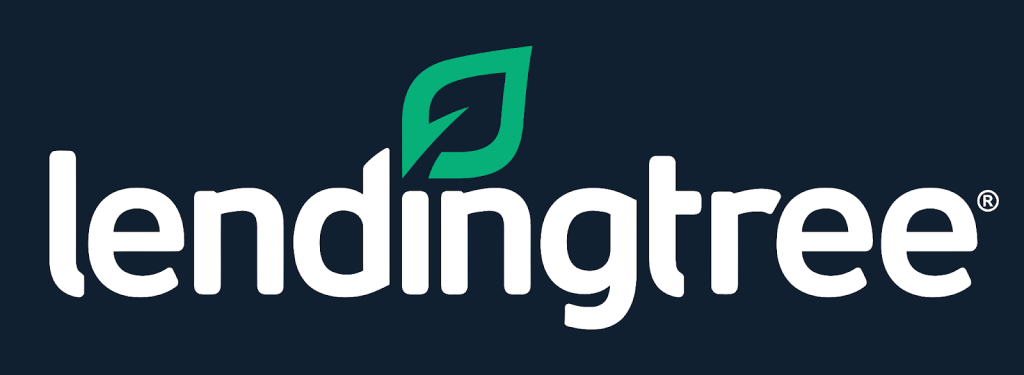What do you think about LendingTree? LendingTree is much more than a mortgage company. They are an online lending marketplace that assists people with a variety of financial borrowing requirements, such as auto loans, small business loans, personal loans, credit cards, and more. We also provide vehicle and educational program comparative shopping services. These services work together to let consumers compare numerous businesses and experts that are competing for their business. Let’s get into the process of how you can apply for a home loan through LendingTree.
If you don’t understand how to apply for a house loan, something as basic as failing to include a bank account or an outdated address might cause problems later. Following these six steps to apply for a home loan by LendingTree will save you time and any delays.
Table of Contents
Having precise answers to home loan application questions will help you avoid unpleasant surprises later on in the mortgage process. You’ll have an easier mortgage transaction if you supply the correct mortgage documentation upfront.
What you’ll need is the following:
Your name- List your entire legal name in the name area and add suffixes to ensure that just your credit information is gathered.
Dependents- Dependents are defined differently depending on the loan type. The ages and number of children in a family, for example, are required for loans guaranteed by the United States Department of Veterans Affairs (VA).
History of your address- Include two years’ worth of addresses in your address history. This information is compared to your credit report by the lender.
Assets in total- Gather your bank and retirement statements for the past two months. If you have money in a 401(k) or other retirement accounts, including it in your application will improve it.
Information about employment and earnings- In addition, to pay stubs and W-2s from the last two years, provide your current employer’s name, address, and phone number. Before closing, lenders will require the information to double-check your employment.
Minimum mortgage criteria are based on the “three Cs” of underwriting — capacity, collateral, and credit reputation — in the lending business. They relate to your debt-to-income (DTI) ratio, credit score, and assets in simple words. If you’re not sure how to apply for a home loan, the guidelines below will allow you to understand how lenders assess your application.
| The amount of money you have set up for a down payment and closing charges. |
| How much spare cash do you have? |
| How did the funds arrive? |

Your mortgage application is reviewed by a loan officer to see if it satisfies the home loan standards of a variety of programs. The advantages of some of the most frequent loan kinds are summarised in the table below:
Your mortgage application is reviewed by a loan officer to see if it satisfies the home loan standards of a variety of programs.
THESE ARE THE THINGS YOU SHOULD KNOW
A brief reference to different sorts of loans
Whenever you request a house loan, you’re committing to one of the most significant loans you’ll ever have. These pointers may assist you to avoid taking out a larger loan than your budget allows, as well as help you think about the costs of ownership beyond your monthly payment.
Make a decision about your “paying comfort level.” Just because lenders will let you borrow up to 43 percent of your overall income (or even more in some situations) doesn’t imply you should. Because lenders don’t consider your livelihood or daily personal spending when determining a payment each month, be sure to account for:
| The cost of health care |
| The expense of child care |
| Objectives in education |
| Utilities |
| Groceries |
| Savings objectives |
Make a list of potential lenders and receive loan quotes from at least three to five of them. Or, before filling out a home loan application, utilize a rate comparison tool to have lenders contact you. Fortunately, you’ll have plenty of choices, including:
Mortgage institutions have a large range of programs to choose from, and the full mortgage procedure is generally handled in-house. This might mean a speedier closure and more flexibility in working with borrowers with unusual circumstances.
Mortgage brokers collaborate with a variety of lenders in order to give more possibilities than a single mortgage bank. Brokers, on the other hand, rely on banks to approve and finance your loan and have no influence on whether it is granted or rejected.
If you have a significant deposit amount, your local bank may be able to give you a mortgage at a reduced rate. However, financing options may be limited depending on the bank.
After you’ve done the preceding stages on LendingTree, the actual application procedure should be simple and straightforward – all you have to do now is determine how you want to apply. Within three business days of receiving your mortgage application, each lender is expected to offer a loan estimate (LE). Keep a copy of every estimate you get so you may subsequently negotiate your interest rate and closing charges.
You are done acknowledging everything about Lendingtree.
Published On : November 8, 2021 by: Miti Sharma/Category(s) : Banking & Finance
Leave a Reply